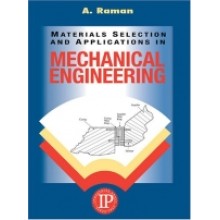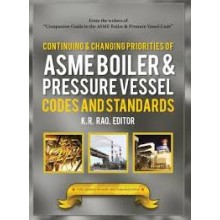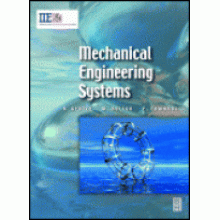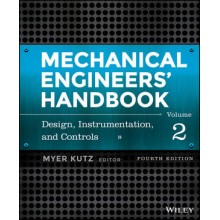Mechanical Tolerance Stackup and Analysis, 2nd Edition
Quantity:
-
Add to Compare
Use Tolerance Analysis Techniques to Avoid Design, Quality, and Manufacturing Problems Before They Happen
Often overlooked and misunderstood, tolerance analysis is a critical part of improving products and their design processes. Because all manufactured products are subject to variation, it is crucial that designers predict and understand how these changes can affect form, fit, and function of parts and assemblies—and then communicate their findings effectively.
Written by one of the developers of ASME Y14.5 and other geometric dimension and tolerancing (GD&T) standards, Mechanical Tolerance Stackup and Analysis, Second Edition offers an overview of techniques used to assess and convey the cumulative effects of variation on the geometric relationship between part and assembly features. The book focuses on some key components: it explains often misunderstood sources of variation and how they contribute to this deviation in assembled products, as well as how to model that variation in a useful manner.
Preface
Acknowledgments
The Author
Chapter 1 : Background
Chapter 2 : Dimensioning and Tolerancing
Chapter 3 : Tolerance Format and Decimal Places
Chapter 4 : Converting Plus/Minus Dimensions and Tolerances into Equal-Bilaterally Toleranced Dimensions
Chapter 5 : Variation and Sources of Variation
Chapter 6 : Tolerance Analysis
Chapter 7 : Worst-Case Tolerance Analysis
Chapter 8 : Statistical Tolerance Analysis
Chapter 9 : Geometric Dimensioning and Tolerancing in Tolerance Analysis
Chapter 10 : Converting Plus/Minus Tolerancing to Positional Tolerancing and Projected Tolerance Zones
Chapter 11 : Diametral and Radial Tolerance Stackups
Chapter 12 : Specifying Material Condition Modifiers and Their Effect on Tolerance Stackup
Chapter 13 : The Tolerance Stackup Sketch
Chapter 14 : The Tolerance Stackup Report Form
Chapter 15 : Tolerance Stackup Direction and Tolerance Stackups with Trigonometry
Chapter 16 : Putting it All Together: Tolerance Stackups with GD&T Solved Using the Advance Dimensional Management Method
Chapter 17 : Calculating Component Tolerances Given a Final Assembly Tolerance Requirement
Chapter 18 : Floating-Fastener and Fixed Fastener Formulas and Considerations
Chapter 19 : Limits and Fit Classifications
Chapter 20 : Form Tolerances in Tolerance Stackups
Chapter 21 : 3D Tolerance Analysis, 3D Tolerance Analysis Software, and Introduction to Six Sigma Concepts
Index
Write a review
Your Name:Your Review: Note: HTML is not translated!
Rating: Bad Good
Enter the code in the box below:
Copyright © 2014 Engineering Standards Bureau. All Rights Reserved.
Developed By Zoom Into Web













